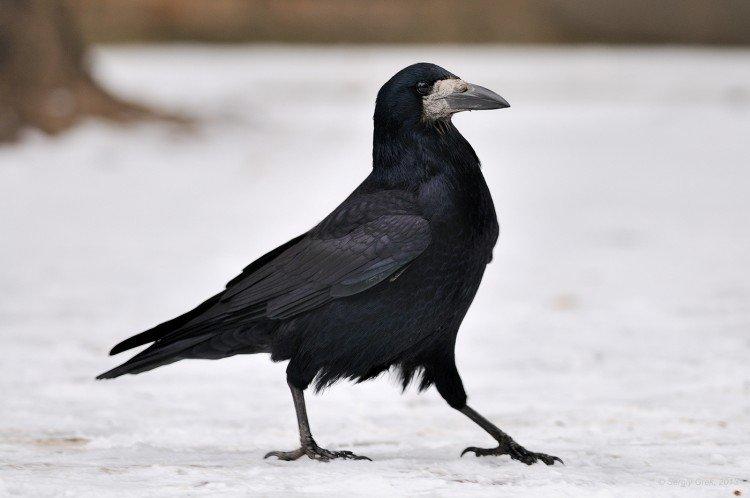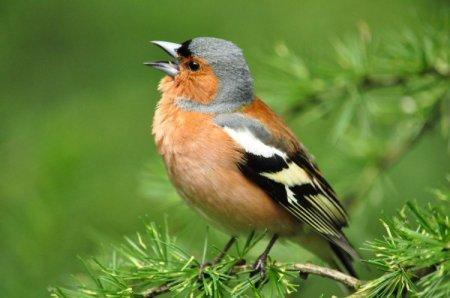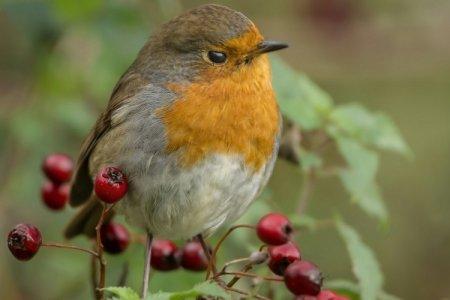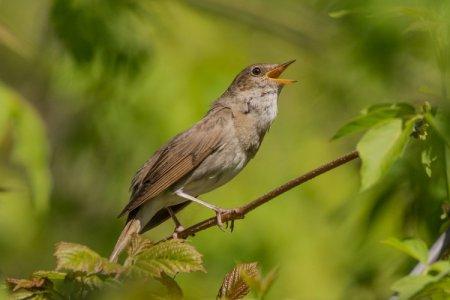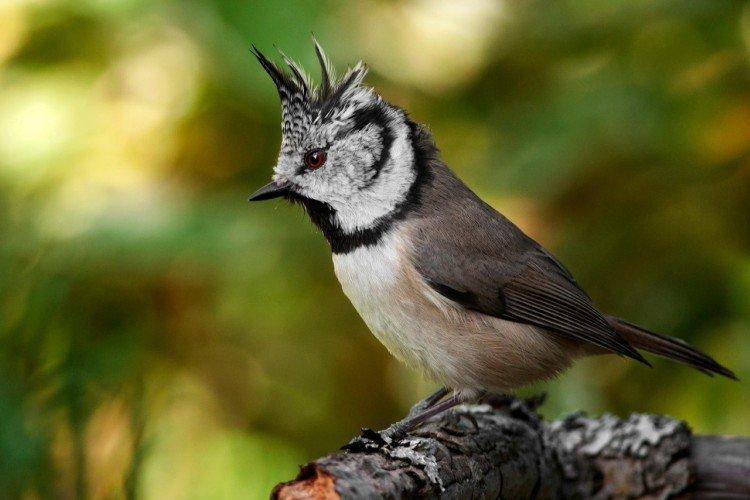
The nature of St. Petersburg and its environs is unique. The northern capital is located on the shores of the Gulf of Finland, and has its own specific climate and landscape. Of course, this influenced the diversity of the flora and fauna of the region. Today we want to tell you about the familiar and outlandish birds of the Leningrad region - with photos and names!
1. Berehove
A tiny swallow, the body length of which is only 12 cm. There is only one species in the whole family, which is even smaller than the coastal swallow - the small shore swallow.

2. White wagtail
The graceful wagtail with its elongated body, smoothly merging into a long tail, looks truly elegant. She is not spoiled in the least by the amusing shaking gait.
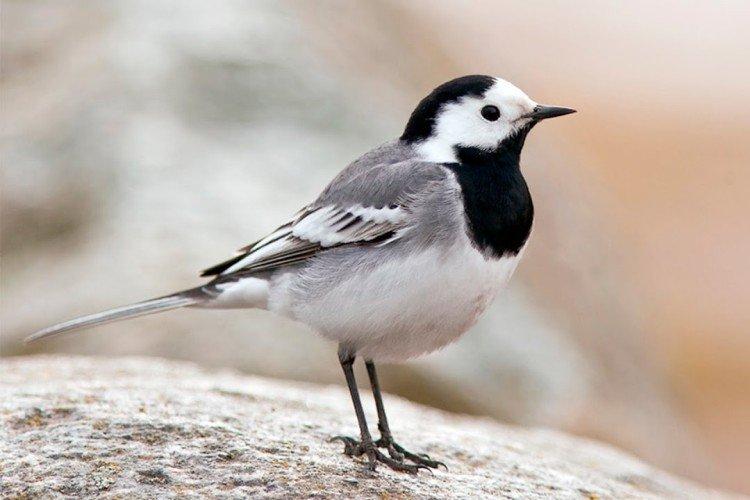
3. Starling
Surprisingly, the starling manages to be invisible, but bright at the same time. Its black-brown color at close range turns out to be a complex interweaving of patterns, against the background of which an orange beak and legs stand out.
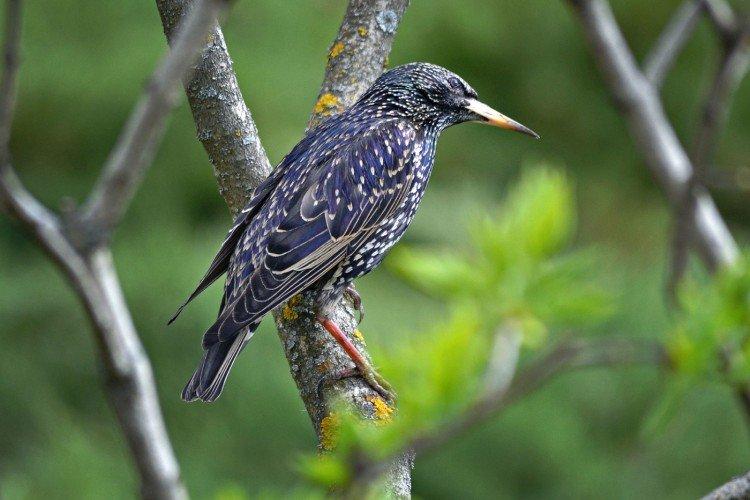
4. Goldfinch
Goldfinches can be found almost throughout the Leningrad region and almost at any time of the year. They love open spaces and weed fields.
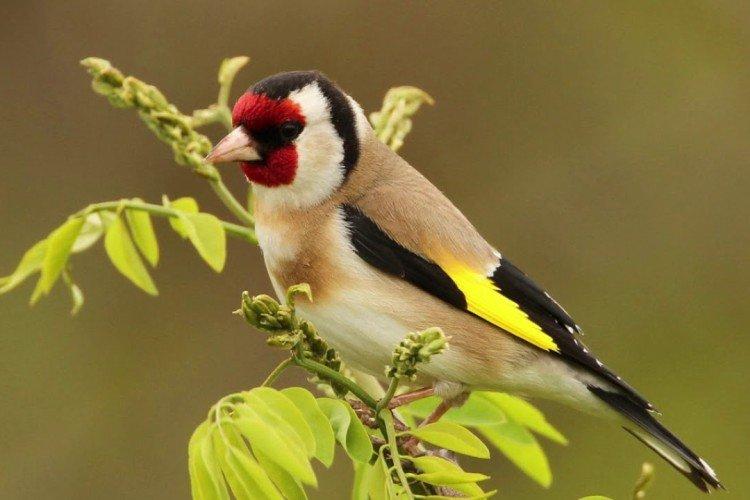
5. Waxwing
It is enough to see a waxwing once, and you will never confuse it with anyone else. And all because of the bizarre crest of this songbird, which is so similar to fashionable modern styling.
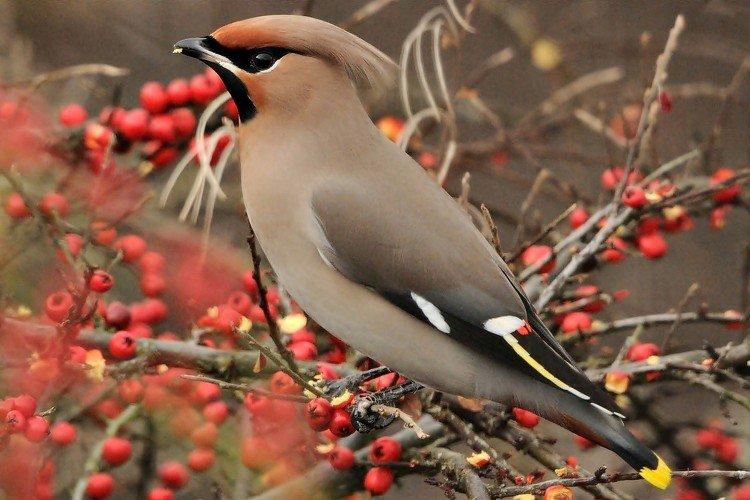
6. Lark
The inconspicuous appearance and variegated colors are accompanied by a very beautiful and melodic singing. True, only males can make such wonderful sounds, but females prefer silence.
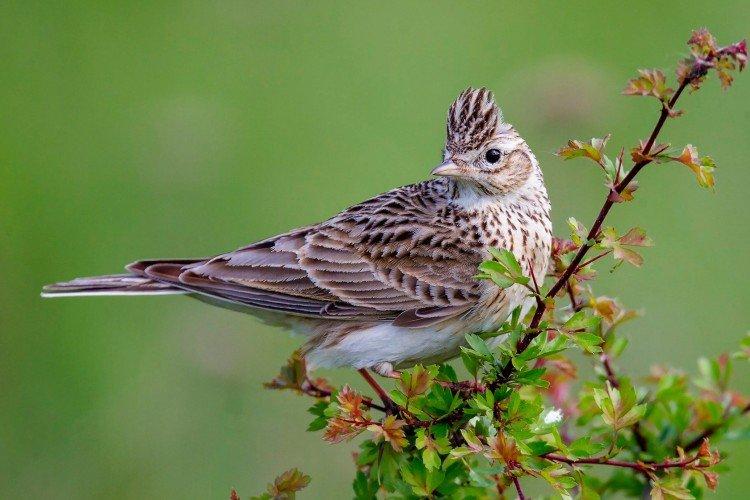
7. Jay
Surprisingly, the jay belongs to the same family as jackdaws, rooks and crows. Who at first glance has nothing in common with their relatives! By the way, the jays are quite large, up to 40 cm.
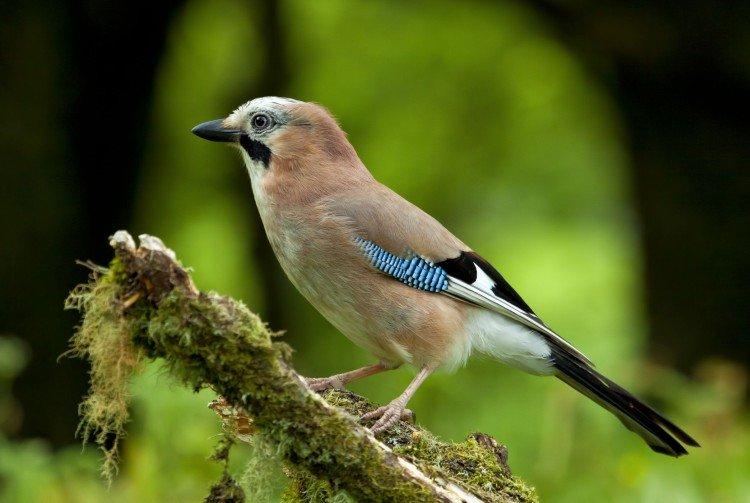
8. Crested Tit
You probably know what a common tit looks like. Crested is easy to distinguish by its gray-brown plumage, black and white head, and most importantly - by its funny disheveled tuft.
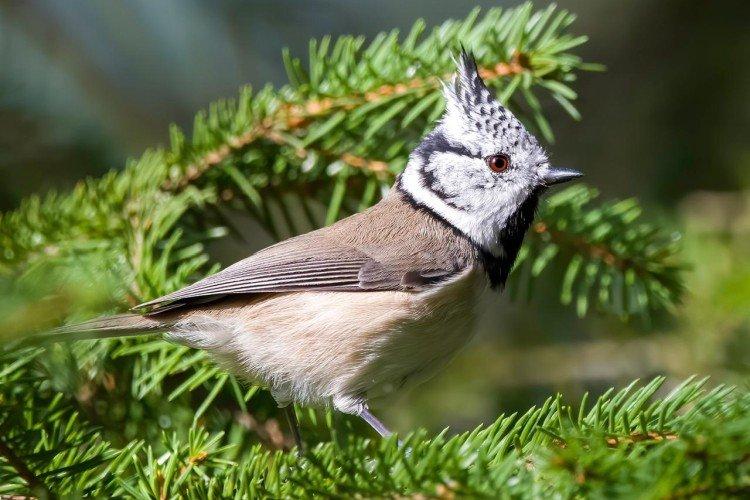
9. Blackbird
It is a large black bird with an orange beak. Females are slightly paler, and more brownish, with a light breast. The thrush is very musical and very sociable.
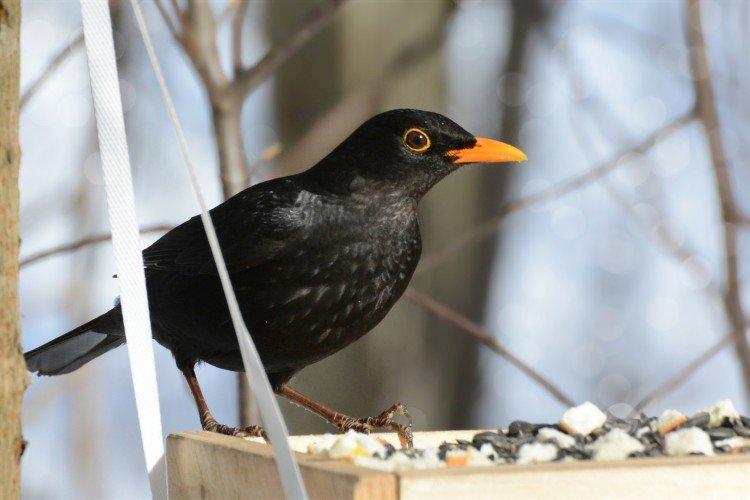
10. Funnel
This is the common city swallow, to which we are most accustomed. She has a typical body structure and the same typical size. But among its congeners, the funnels are still quite large - as much as 20 g.
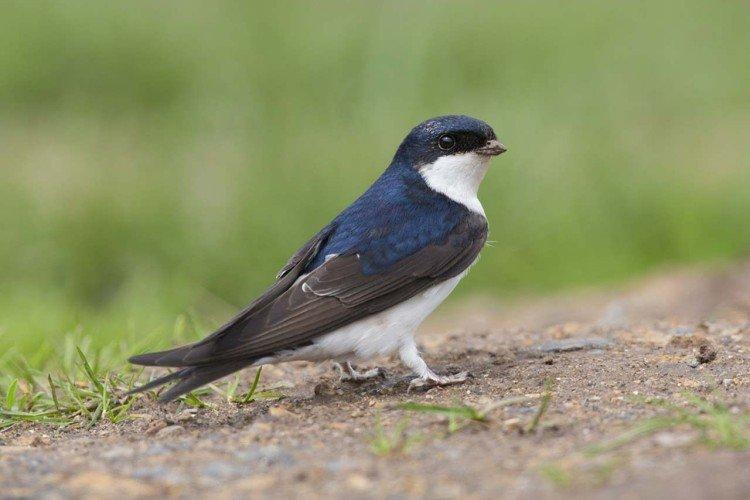
11. Gray crane
This is the second largest crane species, and it is by no means uncommon in the Leningrad region. The bird is quite large, with a wingspan of up to 2 m and a height of up to 1.2 m.
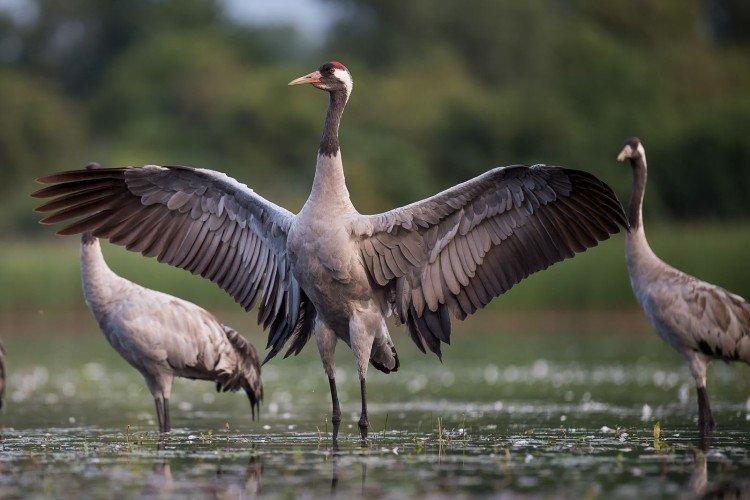
12. Finch
The finch is another songbird that pleases with its melodious chirps. Already with the first warmth, the finches actively populate the surrounding trees.
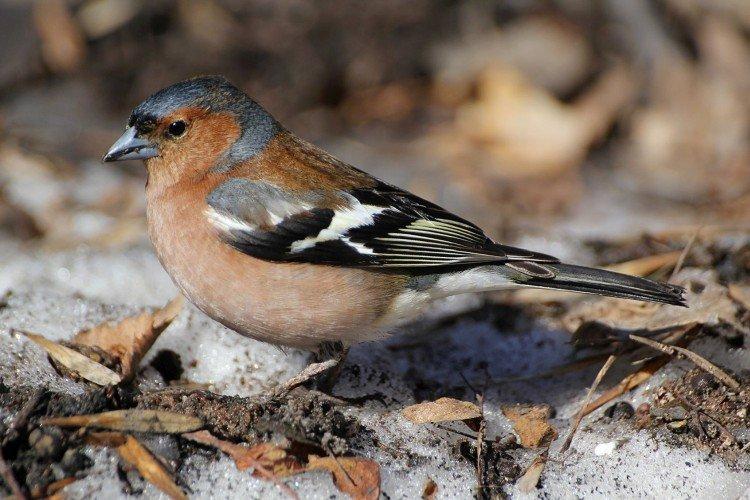
13. Shrike
He is an ordinary shrike, and he is a real thunderstorm of all insects in the vicinity. The dimensions of the shrike are up to 18 cm, and the largest individuals weigh up to 29 g.

14. Fieldfare
Despite the lack of obvious similarities, the field ash is also a thrush. But most of all, it differs from its relatives not even in appearance, but in the way of life, because fieldfare gathers in whole colonies.
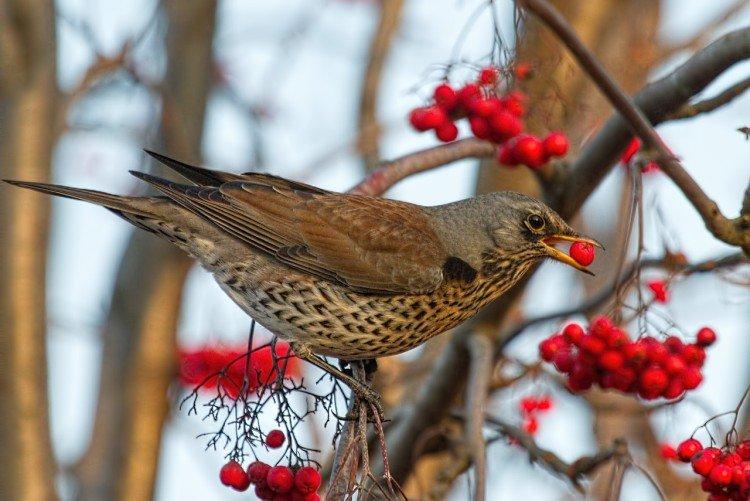
15. Forest horse
She is a shevritsa. A small bird up to 16 cm in size resembles a tiny sparrow, but belongs to the wagtail. This is indicated by the characteristic pointed shape of the wings and tail.
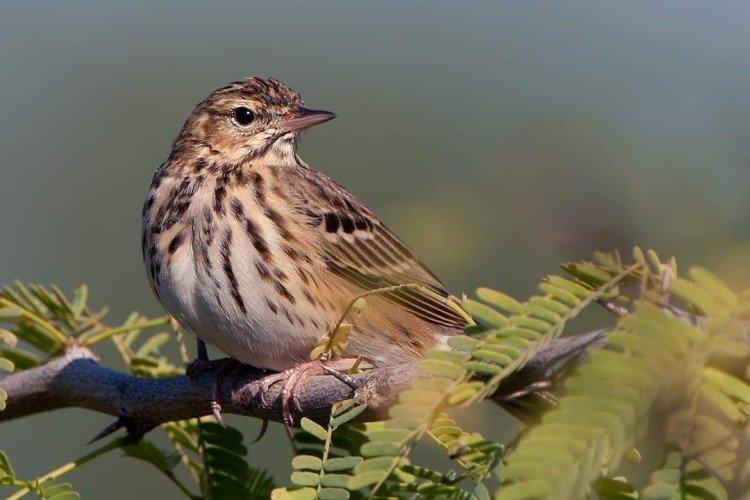
16. Gray-headed seagull
In addition to black-headed gulls, gray gulls are also common in the Leningrad region. They are smaller than large white-headed ones, and they also have a weaker beak and more rounded shapes in general.
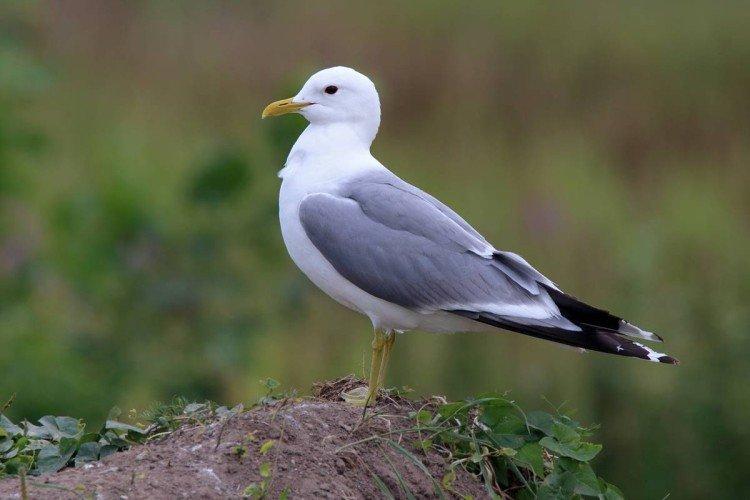
17. Magpie
The magpie, with its iridescent feathers and black-and-white wings, needs no introduction for a long time. Scientists have long proven that this is one of the smartest birds in nature. Magpies are also very social, and they even have their own social rites.
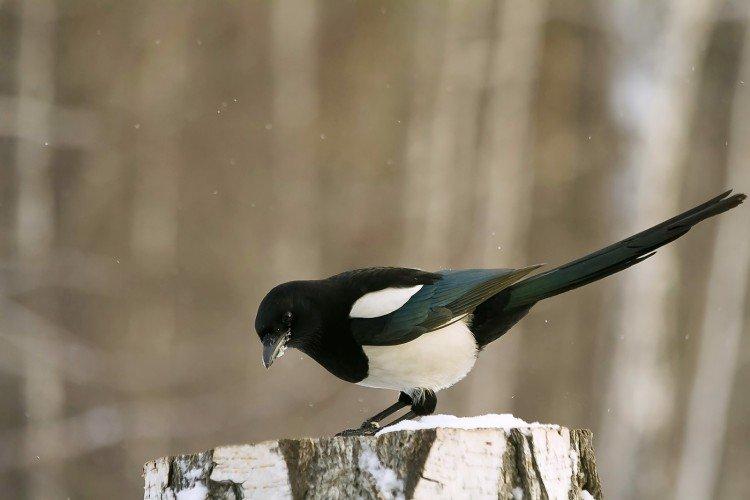
18. Willow Warbler
The little songbird looks almost identical to other warblers.But she has her own unique manner of singing, which cannot be confused.
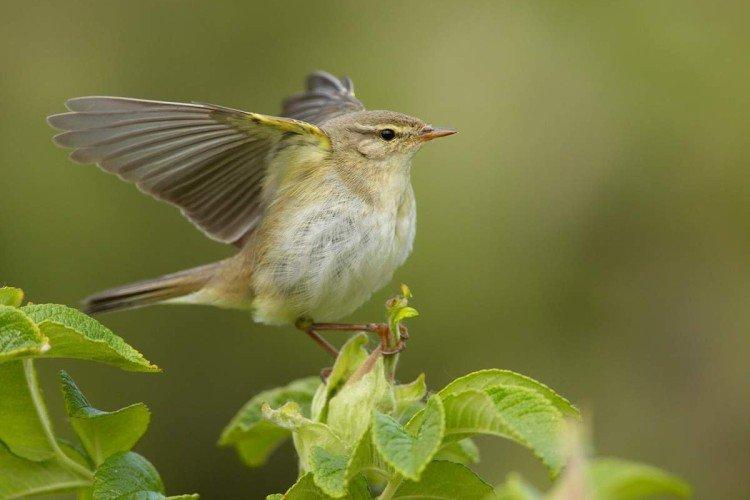
19. Barn Swallow
It is sometimes called a killer whale. This is another classic representative of its family, but this time it is medium in size. The wingspan of such a baby reaches 35 cm.
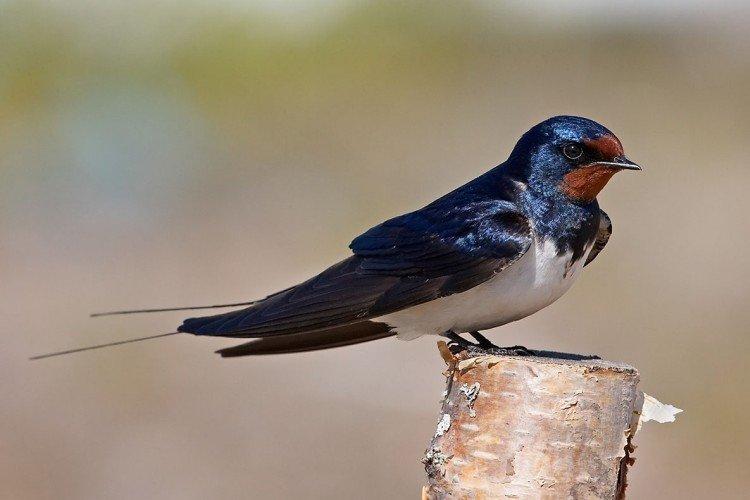
20. Long-tailed woman
One of the most beautiful ducks in the Leningrad region. The easiest way to recognize the male is because he has a very long and thin tail that curls slightly upward.
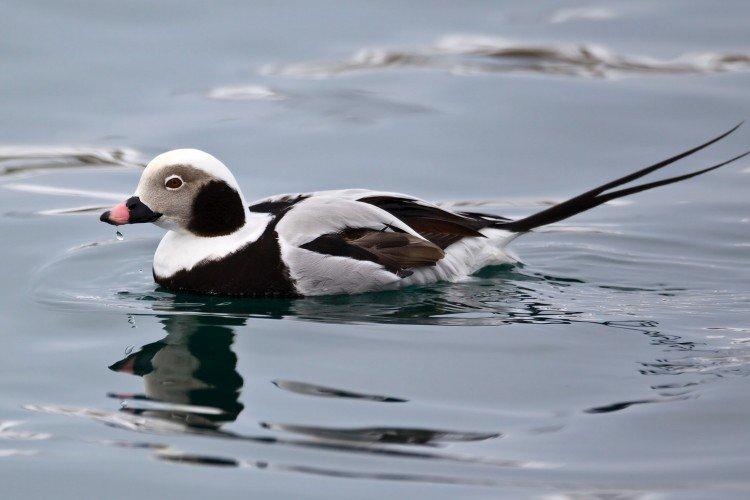
21. Raven
The largest representative of his family, and also a wise long-liver. The ravens have a dull black color with the same black beak, paws and eyes. There is evidence of individuals weighing up to 2 kg.
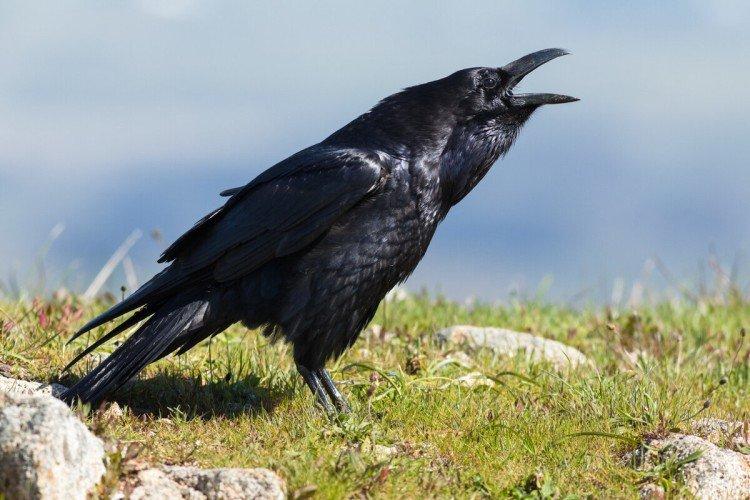
22. Siskin
Siskin is a unique bird, and sometimes he does not want to fly away even for the winter. Siskins are fantastically hardy, and this has been proven many times in the process of observing the flights of ringed individuals.
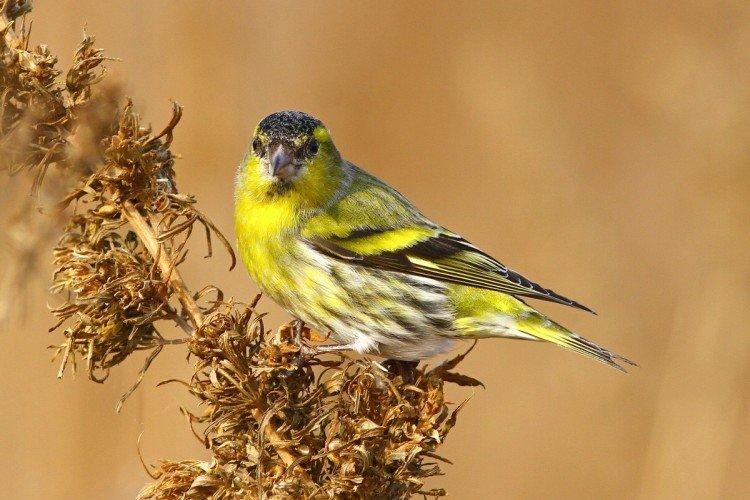
23. Oriole
The noisy and flighty Oriole is by nature a loner, although it is difficult to believe in it. If you managed to meet a couple - this is real luck!
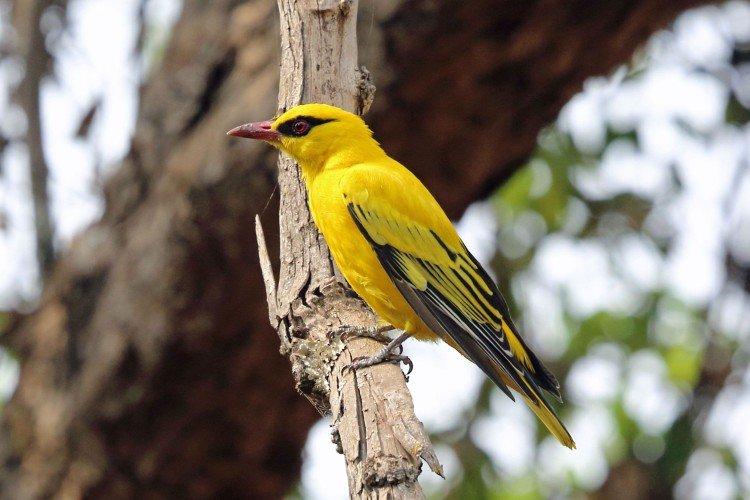
24. Great toadstool
She's a grebe. The waterfowl is slightly smaller than a duck with a funny collar and plumage ears. For the winter, the bird sheds its "decorations".
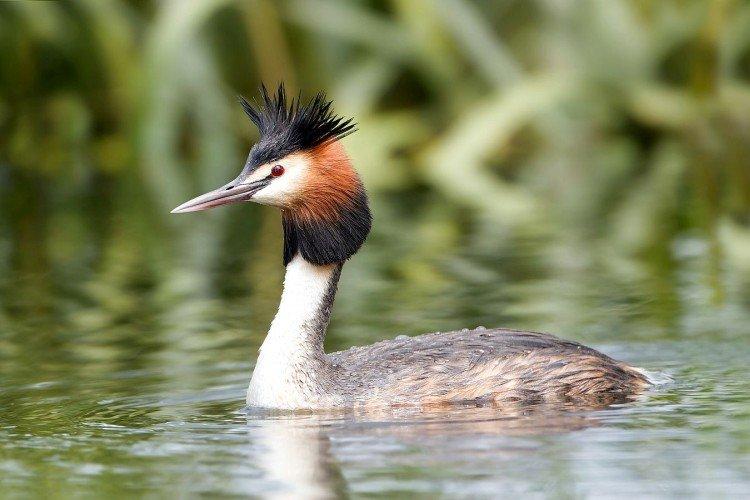
25. Deer
Behind the funny name is a water sparrow that settles near lakes and rivers. It swims well and feeds on small aquatic inhabitants.
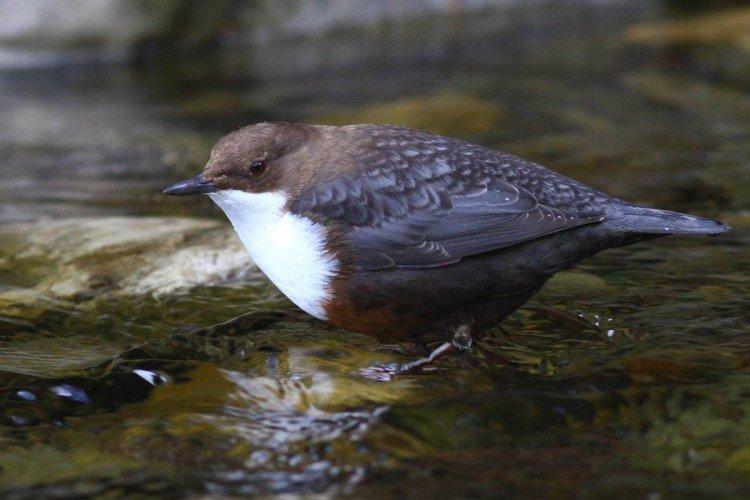
26. Wren
It is also called a nut, perhaps for its variegated nut color. This is the only representative of its family, and one of the smallest birds of the Leningrad region - up to 12 g.
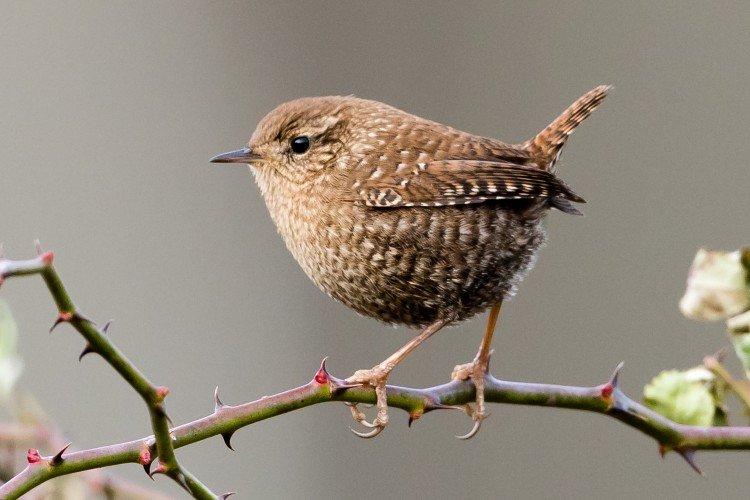
27. Meadow horse
This is the closest relative of the forest pipit, which we talked about above. But this kid prefers a different area for life. Its color is slightly lighter, and its beak is slightly longer.
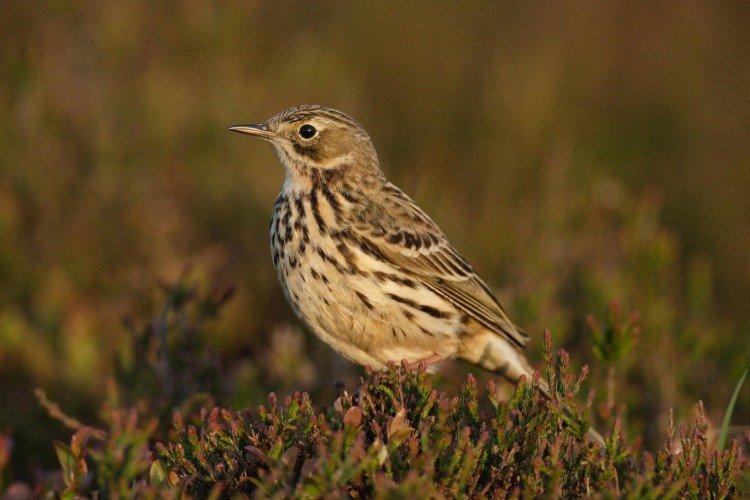
28. Zelenushka
Greenfinch looks like a bizarre descendant of a tit and a bullfinch. She often settles closer to people and masterly copies the voices of other birds, weaving them into her song.
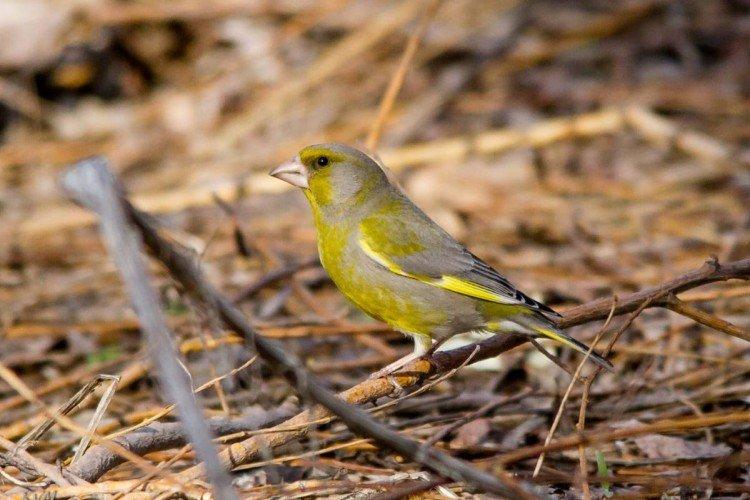
29. White-fronted goose
Despite the developed ability to swim, the white-fronted goose prefers to move on land. It is slightly smaller than an ordinary gray goose and has a characteristic white spot on its head.
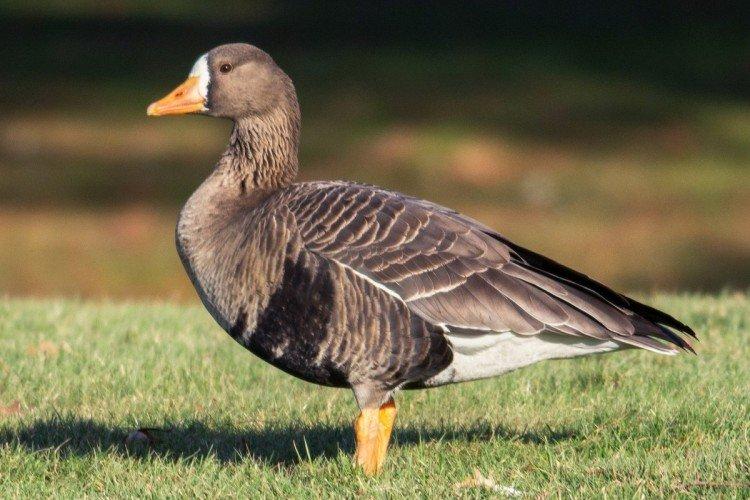
30. Jackdaw
The jackdaw differs from crows and rooks in a more rounded body and head. Due to this, it briefly seems that she is fluffier. The black-gray color in combination with penetrating blue eyes seems to give off blue.
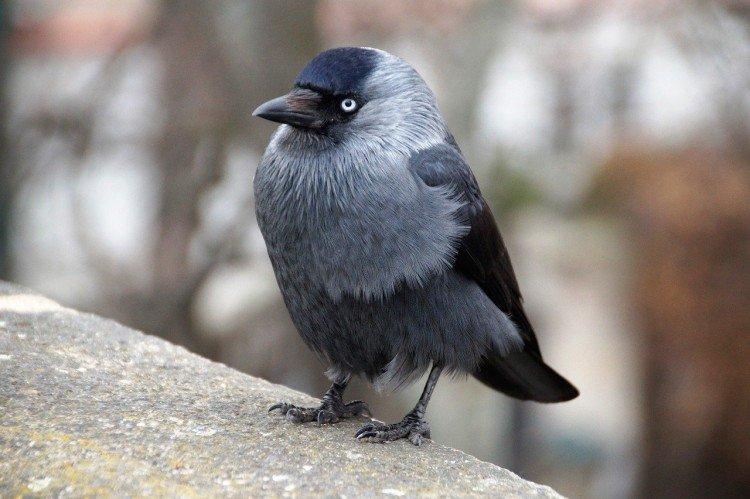
31. Crested Duck
Medium stocky duck, traditionally easier to identify by male. They have a monochromatic black plumage with white sides, a light beak, yellow eyes and a tufted head. Females are black-brown, but they are also easily recognizable by their eyes and grayish beak.
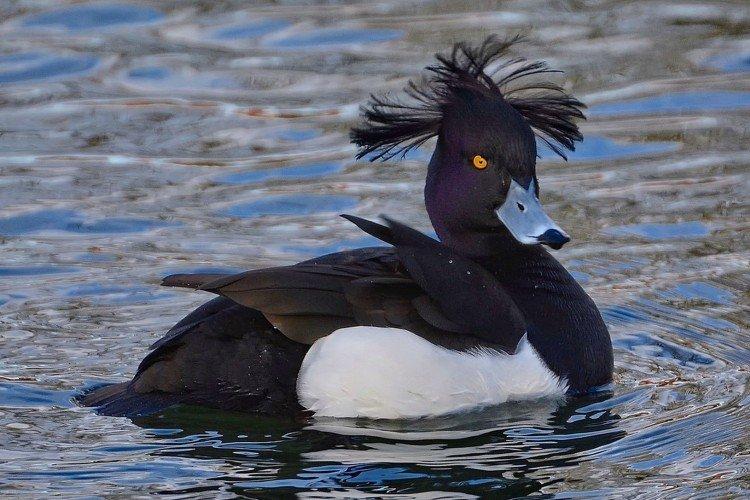
32. Blue Tit
This is another adorable titmouse, this time with bright blue-yellow plumage. Blue tit settles in forests, and especially loves birch and oak groves.
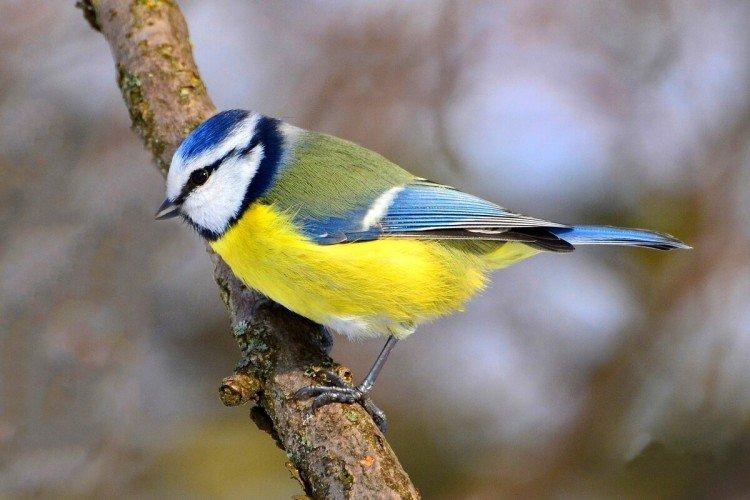
33. Yellow Wagtail
Perhaps the most exotic representative of her family. It differs little from the usual urban wagtail in size or body shape, but it is instantly given away by a bright yellow color.
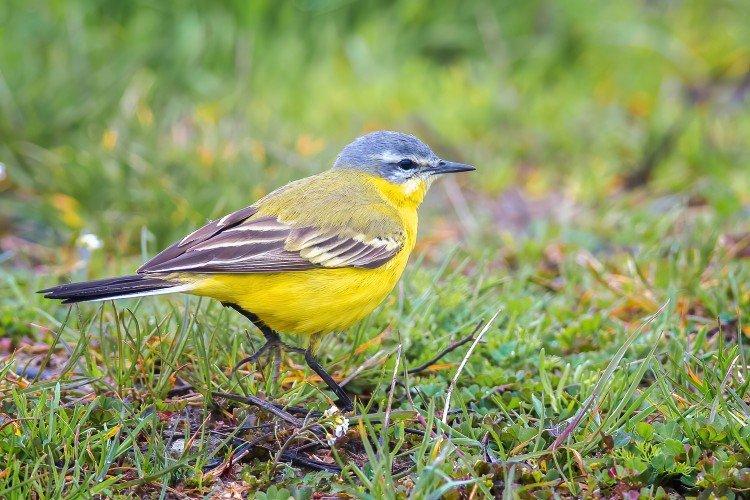
34. Great Spotted Woodpecker
A large and numerous species that often settles even in city gardens and parks. The woodpecker is the most important link in forest ecology, and besides, it leaves hollows in which small birds then nest.
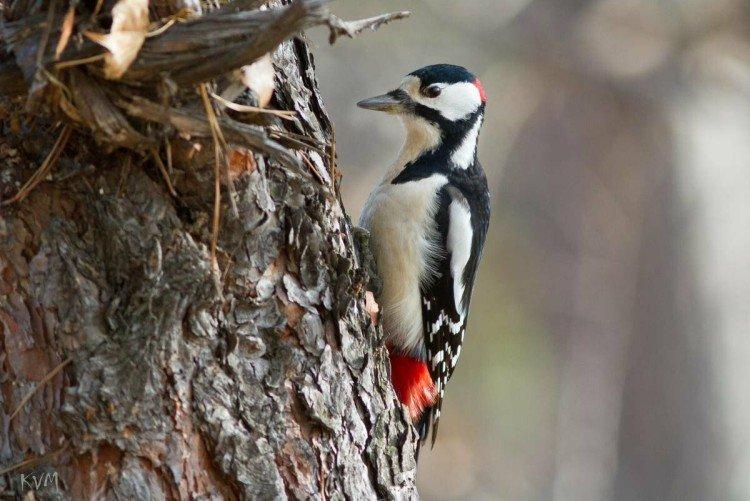
35. Rook
Perhaps the rook is most similar to ravens, but still differs in size. Flocks of rooks often settle near the fields because they feed on worms and larvae.
